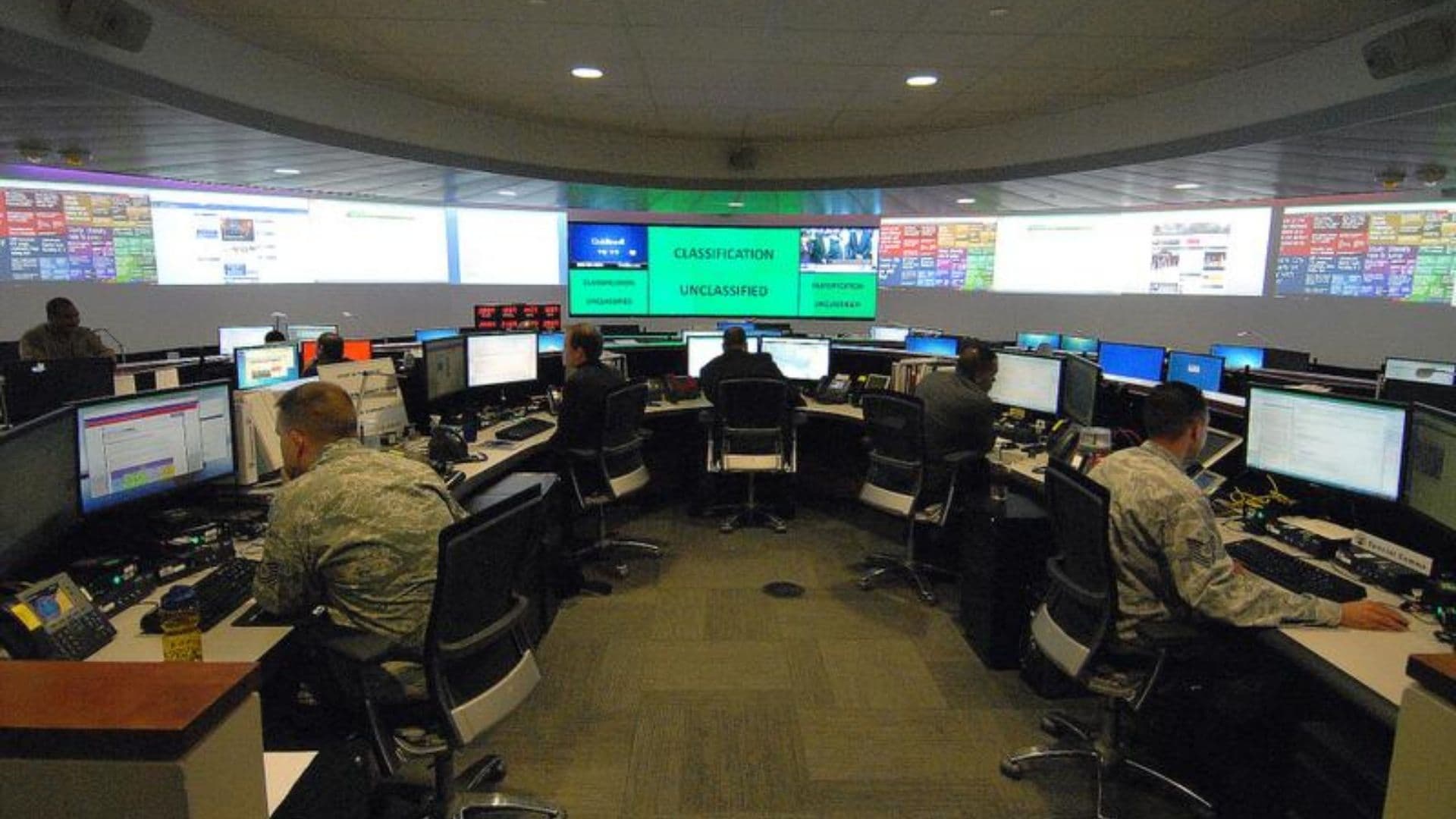The DODIN connects military missions, operations, and weapons systems. It also attracts determined adversaries who aim to compromise its cyber terrain and steal data, degrade, discredit, or destroy information. The DODIN is a complex enterprise with 44 DOD component-constructed networks (DAOs). Each DAO requires unique skills to manage. The Department of Defense has a global network infrastructure that supports warfighters and mission partners around the world. This environment is known as the DoD Information Network (DODIN), and the Defense Information Systems Agency manages it.
All military organizations use DODIN to communicate and conduct their operations. This system includes telecommunication networks, terrestrial and undersea transport, satellites, gateways, multinational coalition information networks, and subsystems. It connects warfighters to their sustaining bases and integrates and delivers capabilities fluidly across the full spectrum of warfare. DODIN also provides specialized support for command and control, intelligence, logistics, and medical services.
State actors and non-state actors constantly threaten DODIN. These threats can take the form of physical attacks such as radio jamming or logical cyber attacks like hacking. Attackers are continually working to find new ways to compromise DODIN. This is why protecting DODIN is so important. Commanders and directors of every DOD organization must take an active role in defending their assigned DODIN space. They must be able to quickly and effectively respond to any threats that arise. This will require the use of advanced technology that is both capable and secure.
To meet these requirements, SEL’s operational technology software-defined networking (OT SDN) solution is now on the DoDIN Approved Products List. This listing demonstrates that the OT SDN is compliant with DoD’s cybersecurity and interoperability standards. Its deny-by-default and programmable circuit provisioning architecture decreases both cyber and operational risk for facility-related control systems (FRCS) while improving safety, reliability, and security.
The OT SDN is purpose-engineered to meet the specific needs of FRCS and has been tested against the Advanced Cyber Industrial Control Systems (ACI) Tactics, Techniques, and Procedures (TTPs), MITRE’s Common Vulnerabilities and Exposures CVE List, and DOD’s Zero Trust network architecture. Integrating OT SDN into existing telecommunications infrastructure is easy to implement and maintain. This reduces total cost of ownership and enables the DoD to quickly move from assessment to action to mitigate risk.

DISA and DODIN
The DODIN backbone, called Defense Information Systems Network (DISN), is managed by the Defense Information Systems Agency (DISA). Each of the military services owns a portion of DISN within its geographic area of responsibility. Each service also owns a set of service enterprise networks that are unique to it. These include operational support networks, global communications, multinational information systems, and the military services’ internal IT network. These networks are connected to the DISN via commercial, military, and mobile communications gateways, including terrestrial and undersea transport, satellite, and Wideband Global SATCOM.
DOD’s IT and communications networks are the foundation of military power. They provide the platform from which warfighters and mission partners operate. But the Pentagon needs to do more than just secure these networks to have a chance at winning the next generation of wars. It must invest in AI and other emerging technologies that will give America a fighting chance against China in 15 to 20 years.
For example, the Air Force wants to use artificial intelligence to track and react faster to enemy hackers and electronic threats. It is also working on a system to update countermeasures against radars and missiles far faster than human minds can manage.

Defense Information Systems Network (DISN)
The DISN is a collection of classified and unclassified interconnected networks that provide voice, video, and data communication services. It serves as the primary information transport system for the DoD, supporting a wide range of critical functions such as command and control, intelligence, logistics, and personnel management.
The DISN provides a variety of services, including but not limited to:
- Defense Information Systems Network-Global Solutions (DISN-GS): This service provides DoD users global voice, video, and data connectivity. It includes services such as Defense Switched Network (DSN) for voice communication and the Secret Internet Protocol Router Network (SIPRNet) for classified information exchange.
- Defense Information Systems Network-Transportation Services (DISN-TS): DISN-TS focuses on providing high-speed, secure, and reliable network connectivity for military installations and sites worldwide. It includes terrestrial and satellite-based communication links, ensuring connectivity in both tactical and strategic environments.
- Defense Information Systems Network-Computing Services (DISN-CS): DISN-CS offers DoD users centralized computing and data storage capabilities. It includes services such as hosting applications, virtualized computing environments, and data center services to support the DoD’s IT infrastructure.
- Defense Information Systems Network-Operations (DISN-OPS): DISN-OPS is responsible for the management, operation, and maintenance of the DISN. It ensures the network’s availability, performance, and security and oversees activities such as network monitoring, incident response, and network configuration management.
.
